Forgotten Heritage, the interactive online application we were working on for the past months is now live.
Visitors can immerse themselves in the world of avant-garde artists from Poland, Estonia, Croatia, France and Belgium, who were active in the second half of the 20th century. The visual archive opens up a fascinating network of works, artists and places of action.
Using state of the art web technologies like React.js, d3.js and pixie.js, the application lets people interact with archival data in new ways and make hidden connections graspable.
Forgotten Heritage is based on The Visual Archive, which facilitates the display of digital collections and datasets.
In Collaboration with Marika Kuźmicz of Fundacja Arton and Kilian Krug.
Press release:
https://visualarchive.de/en/the-visual-archive-makes-hidden-collections-and-datasets-attractive/


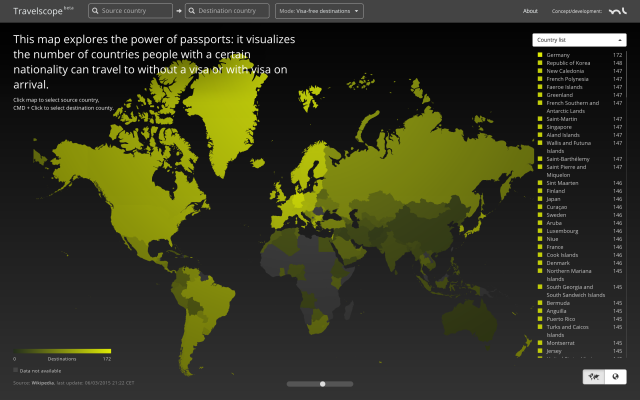
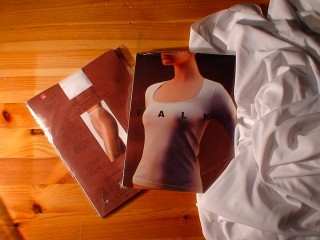 I’m planning to cover the metal wire construction with a soft white fabric, that has good extension properties. I found three materials which are currently in the competition. From left to right, gaining in opacity: women’s stockings, a body suit and swimming fabric. Lets see which one is going to make it.
I’m planning to cover the metal wire construction with a soft white fabric, that has good extension properties. I found three materials which are currently in the competition. From left to right, gaining in opacity: women’s stockings, a body suit and swimming fabric. Lets see which one is going to make it. I took this picture a few days ago from the window of my appartment in Berlin. These bird seems to be able to do quite fancy things. Have a close look or click the picture to open the highres version.
I took this picture a few days ago from the window of my appartment in Berlin. These bird seems to be able to do quite fancy things. Have a close look or click the picture to open the highres version.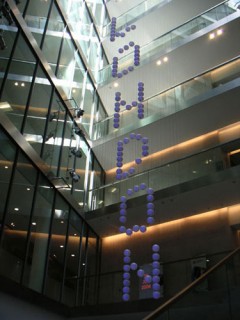 A piece that may not be missing in this research and I still admire a lot is
A piece that may not be missing in this research and I still admire a lot is 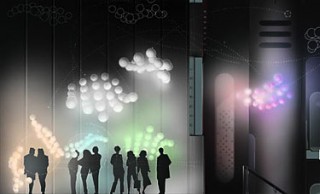 “The
“The 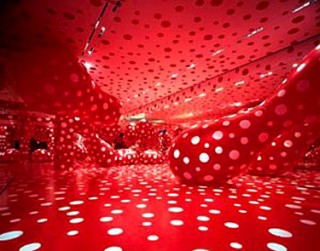 Making several reactive shape-shifting objects in space – this is the recent open idea for my degree project.
Making several reactive shape-shifting objects in space – this is the recent open idea for my degree project.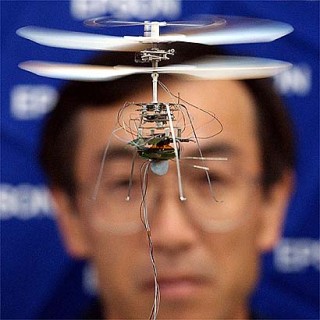
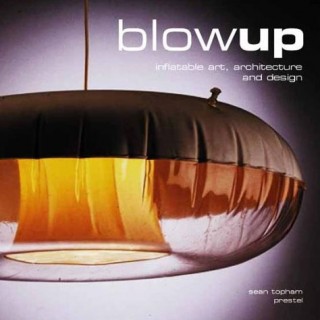 In the course of doing some research about intflatable or shape-shifting objects, I got myself a very interesting book:
In the course of doing some research about intflatable or shape-shifting objects, I got myself a very interesting book: